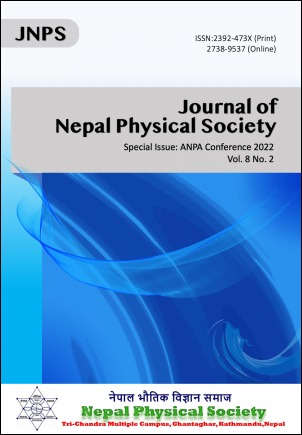Does Peer-Assisted Instruction for Physics Help Improve Student Learning?
DOI:
https://doi.org/10.3126/jnphyssoc.v8i2.50149Keywords:
Supplemental Instruction, peer instructionsAbstract
Supplemental Instruction (SI) is a teaching method adopted by academic institutions to strengthen and extend learning opportunities beyond regular classroom lectures. The supplemental instructor is a junior or senior-level student with a track record of a sound knowledge of the material and works closely with the students seeking help. The SI leader is free to provide different teaching/learning strategies to foster problem-solving skills and critical thinking behavior. While the supplemental instructors are independent in conducting the learning sessions, they work closely with the course instructor. In this work, we investigate the efficacy of the SI model in college physics compare to university physics at Southern Arkansas University using data from ten years. Furthermore, we discuss how this additional teaching pedagogy elucidates to successful completion of a physics class, retention in the department/university, and overall academic success through the peers’ support.
Downloads
Downloads
Published
How to Cite
Issue
Section
License
All right reserved. No part of this Journal may be reproduced in any form or by any electronic or mechanical means, including information storage and retrieval system, without permission in writing from the publisher, except by a reviewer who may quote brief passage in a review. The views and interpretation in this journal are those of author(s) and they are not attributable to the NPS.




